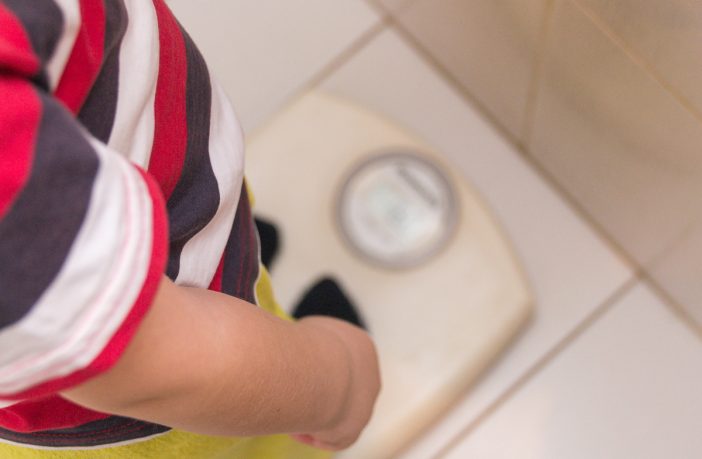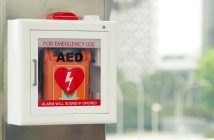The New York State Department of Health has released its latest report on the prevalence of obesity in New York adults and the health equity factors that contribute to adults who are overweight or obese. Health disparities tied to obesity underscore the need to address social determinants of health, which are the conditions in which people are born, grow, work, live and age, to remove barriers and advance health equity.
“Healthy eating is about more than just good food choices, it’s also about having access to healthy food and preventive health care,” State Health Commissioner Dr. James McDonald said. “The results of this report will help the Department target resources and nutrition programs to best help New Yorkers who are struggling with obesity and prioritize nutrition security statewide.”
Obesity has reached epidemic proportions in New York State and across the nation, with nearly two thirds of New York adults considered to have overweight or obese weight status. Obesity is currently the second leading preventable cause of death in the United States and may soon overtake tobacco as the leading preventable cause of death.
The causes of obesity are complex and while they can include factors like poor nutrition, physical inactivity or sedentary living, and genetics, there are also systemic factors that can influence the risk of obesity, including economic stability, access to nutritious food, access to education, quality health care, and opportunities for physical activities.
Groups that historically face systemic and institutional barriers to healthcare access, and access to nutritious food options and safe physical activity opportunities also experience persistent disparities in obesity. National data show obesity prevalence is highest among Black, American Indian or Alaska Native, and Hispanic adults, as well as adults living in rural areas, and adults without a high school degree or equivalent.
Key Findings from the report include the following:
- Approximately 2 out of every 3 adult New Yorkers have either obese (29.1%) or overweight (34.5%) Body Mass Index (BMI) status. These two conditions affect over 8.4 million adults in New York State.
- Racial and ethnic disparities in the prevalence of obesity are persistent. The prevalence of obesity is higher among adults who are Black, non-Hispanic (36.8%) and adults who are Hispanic (33.5%).
- Obesity is more prevalent in adults currently living with a disability (38.1%), adults living in rural areas (35.9%), and adults living outside of New York City (31.6%).
- Obesity is less prevalent among adults aged 18-24 years (20.8%), adults with a college degree (22.8%), and adults with a household income greater than $50,000 per year (27.3%).
Obesity is associated with serious health problems, including type 2 diabetes, heart disease, high cholesterol, high blood pressure, stroke, several forms of cancer, asthma, and osteoarthritis. Along with the risks for life-shortening chronic diseases, having overweight BMI status or obesity in a society that stigmatizes this condition contributes to poor mental health associated with serious shame, self-blame, low self-esteem, and depression.
Earlier this year the Department released a new report to increase awareness and understanding of obesity disparities in New York State. The report Obesity Disparities in New York State presents a series of maps displaying the prevalence of obesity among New York State adults for 11 geographic regions by race/ethnicity, income, and education. Maps in the report demonstrate a clear relationship between obesity and race/ethnicity, household income, and education.
Creating community environments, policies, and systems that support healthy food and beverage choices and safe and accessible physical activity opportunities, while also increasing efforts to reduce health disparities and inequities, is a major goal in the effort to prevent and reduce the burden of chronic diseases as part of the NYS Prevention Agenda 2019-2024.
The Department also works with many partners and state-funded grantees to implement evidence-based physical activity and nutrition policies and programs in community and health care settings, as well as child care and school settings to create systems and environments that support healthy choices where people live, work, and play from a young age.
More information on obesity prevention, clinical practice guidelines, and BMI screening tools can be found here.
About the report:
The Behavioral Risk Factor Surveillance System (BRFSS) is an annual telephone survey of adults developed by the Centers for Disease Control and Prevention conducted in all 50 States, the District of Columbia, and several US Territories. The New York BRFSS is administered by the New York State (NYS) Department of Health (DOH) to provide statewide and regional information on behaviors, risk factors, and use of preventive health services related to the leading causes of chronic and infectious diseases, disability, injury, and death.













